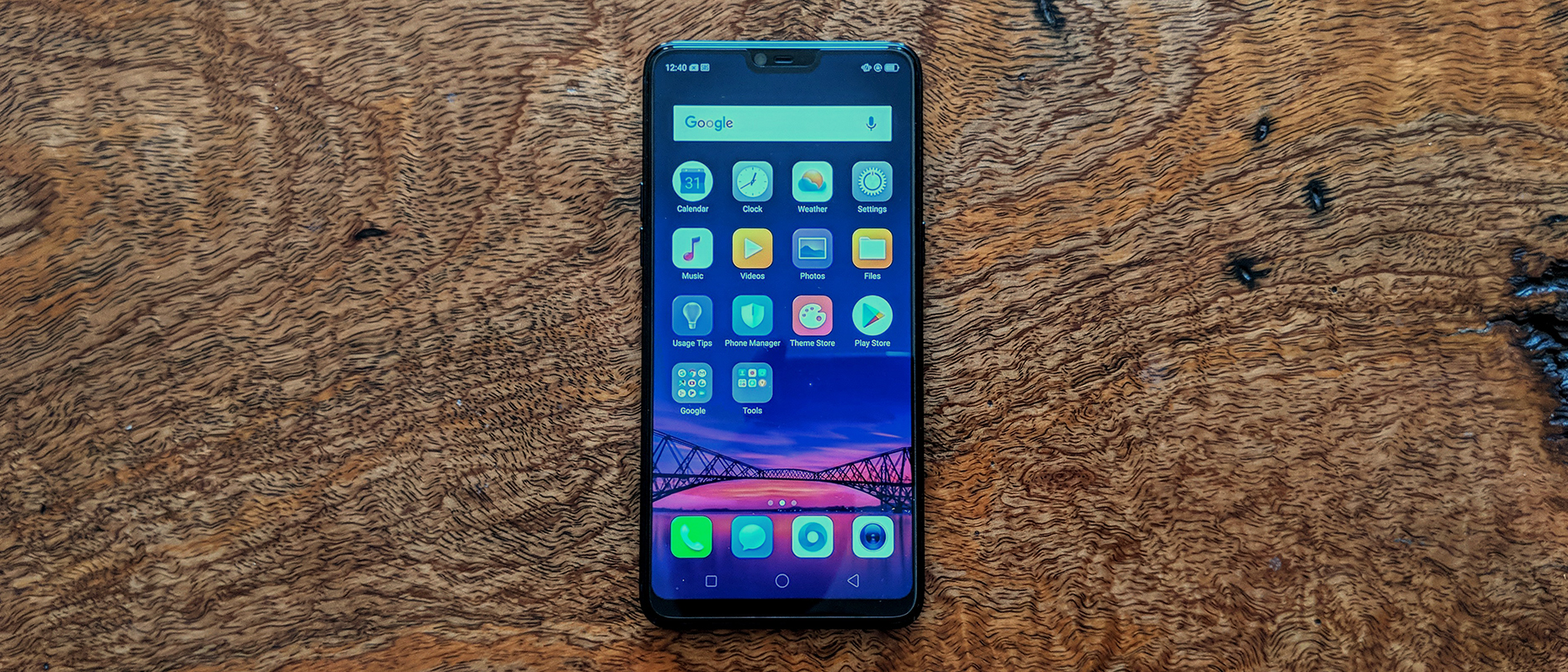Why you can trust TechRadar
Verdict
Oppo's R15 Pro excels in some of the more significant areas, with an awesome screen, camera and performance, and if you're a fan of the contemporary glass-back design, then there are few handsets that pull it off as stylishly, thanks to its iridescent gradient.
However, the inclusion of a micro-USB port feels distinctly backwards considering the near-unanimous move in the industry to USB Type-C, and while it does support fast-charging, the underwhelming battery life means you're going to need it.
If a few of the minor details were paid more attention then this would have been much easier to recommend wholeheartedly, but the end result is still an incredibly solid and stylish smartphone for the price.
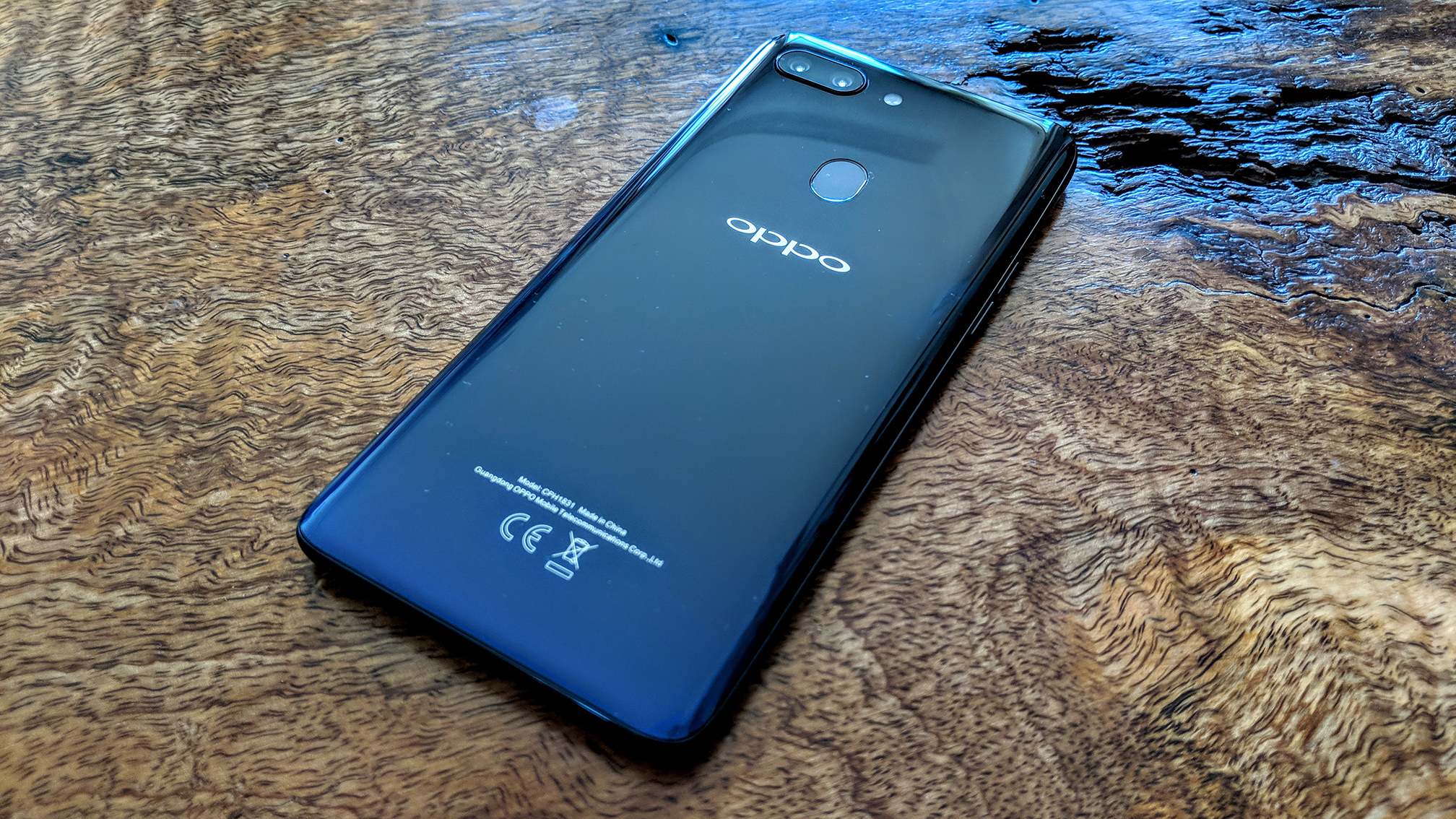
Who's this for?
Thanks to its ColorOS, Apple users looking to move to an Android handset will have a much smoother transition with the likes of Oppo. In fact, anyone looking for an approximation of the iPhone X will find this stellar alternative for a thousand fewer dollars, and you'll be getting a snazzier colour option to boot.
Similarly, this is perhaps the best all-rounder we've encountered at its price, which at AU$779 is perching somewhere between mid-range and premium when compared with other manufacturers' offerings, but is one of Oppo's most expensive phones.

Should you buy it?
In short, yes. The Oppo R11s was one of the best mid-range handsets we've tested, and the R15 Pro improves upon it almost every way. If you're not deterred by a micro-USB port or weak battery performance, then there's little else (if anything) in this price range that compares.
However, if you're just after the modern aesthetic on a budget, then there are some excellent mid-range handsets by the likes of Huawei and Motorola that will save you some dosh, and if you're after absolute top-of-the-line performance, you'll need to throw a few more hundreds in the mix.
Although we'd recommend the Oppo R15 Pro to those looking to spend around $700-800, here are some of the best handsets either side of that bracket.
Huawei Nova 3e
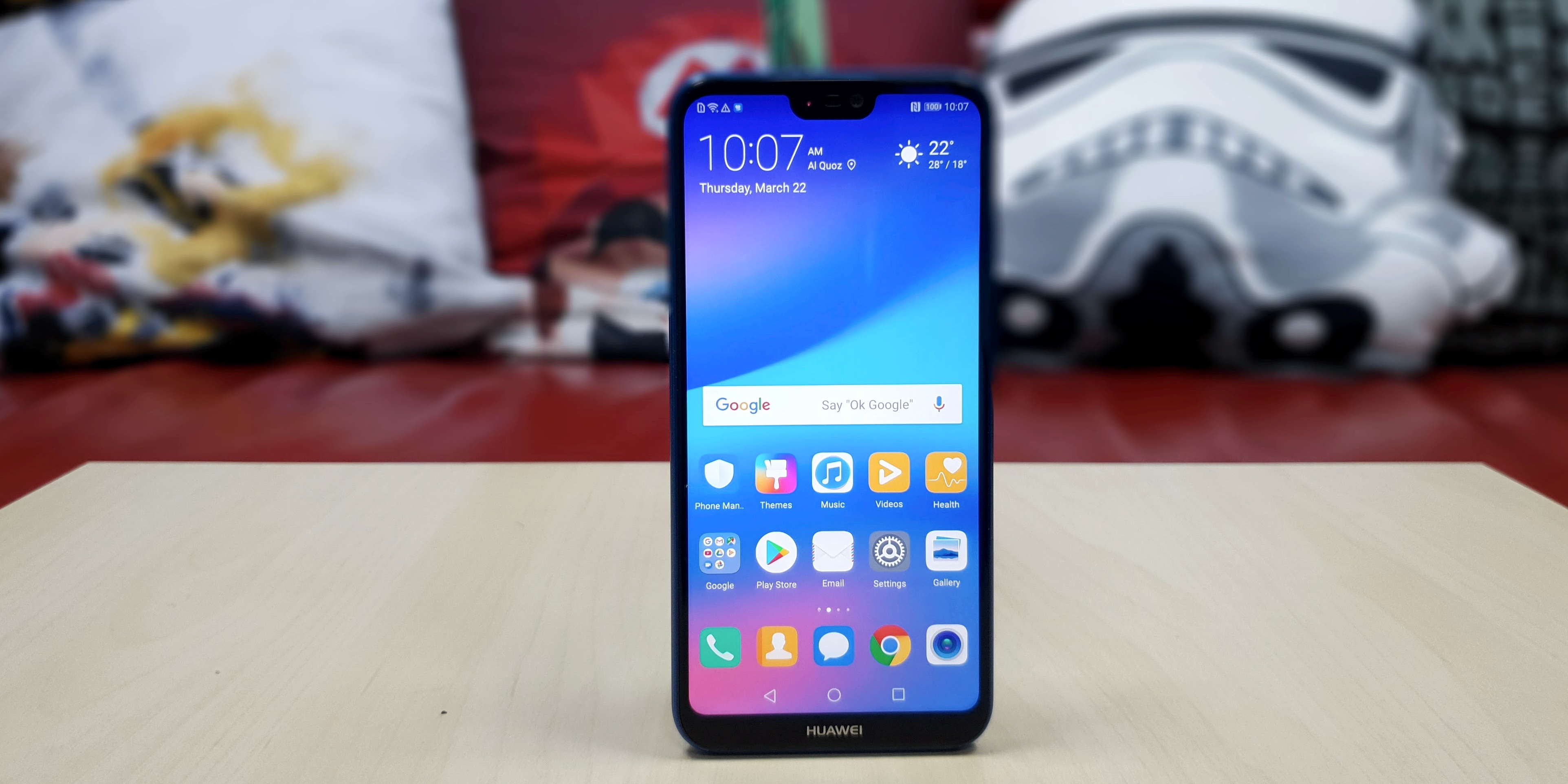
The Huawei Nova 3e is probably the cheapest viable handset you're going to encounter with the notched display and glass-esque rear of its premium competition.
At only AU$399, this packs in all the performance you'll need for day-to-day tasks, along with a wicked dual lens camera and other neat features from its older siblings, the P20 and P20 Pro.
Read our full Huawei Nova 3e review
Motorola G6 Plus
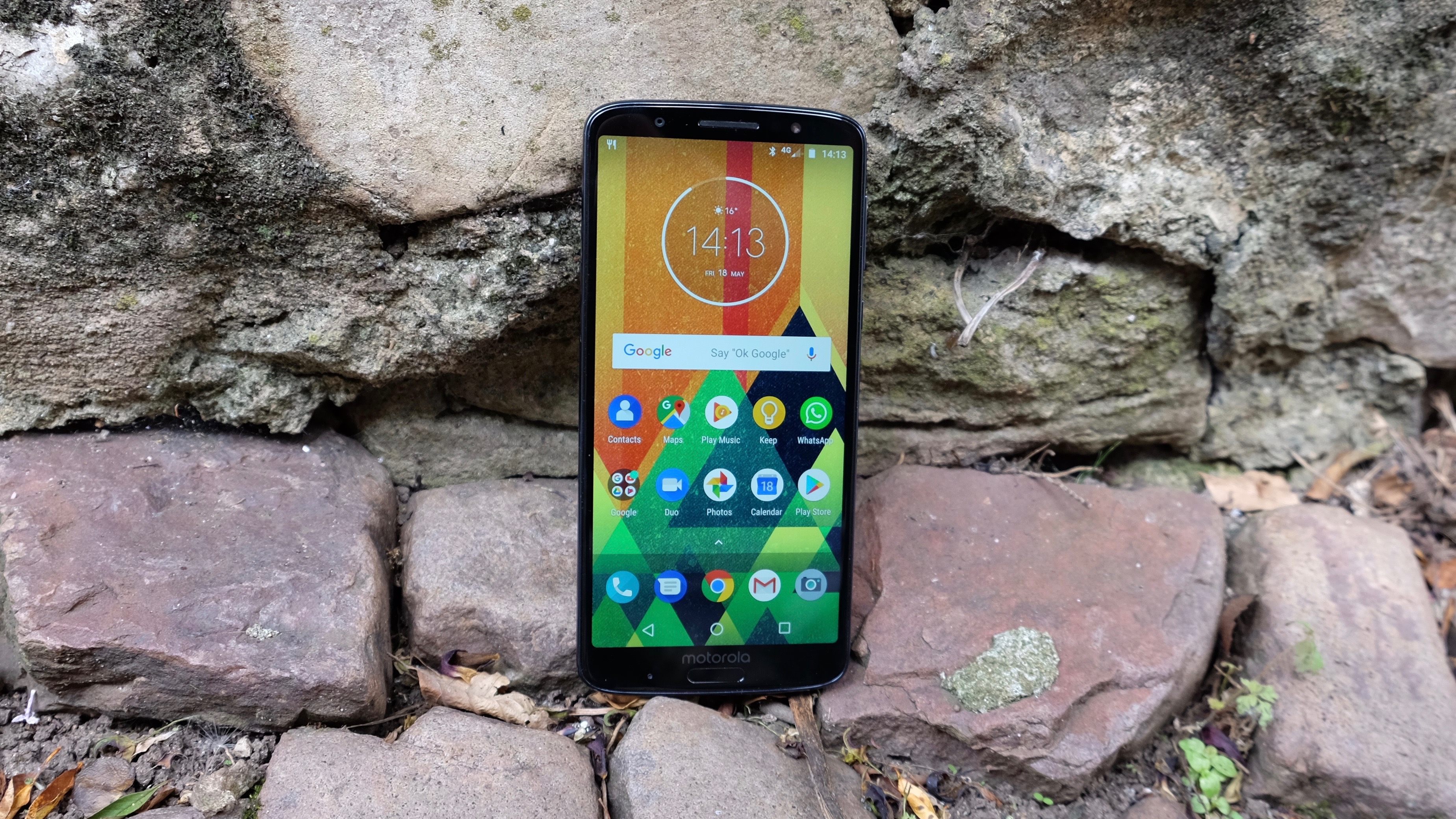
Although it doesn't offer quite as solid value for money as the regular Moto G6, the G6 Plus improves on it in every way and edges closer to the performance and screen real estate of the Oppo R15 Pro.
It's 5.9-inch display is lacking a notch, but you'll get a real glass rear and taller 18:9 aspect ratio for its FHD+ (1,080 x 2,160) resolution. Its Snapdragon 630 and 4GB RAM combo is no slouch for the price as well, making this an excellent mid-range phone for those that want a little more power and screen.
Read our full Motorola Moto G6 Plus review
Huawei P20 Pro
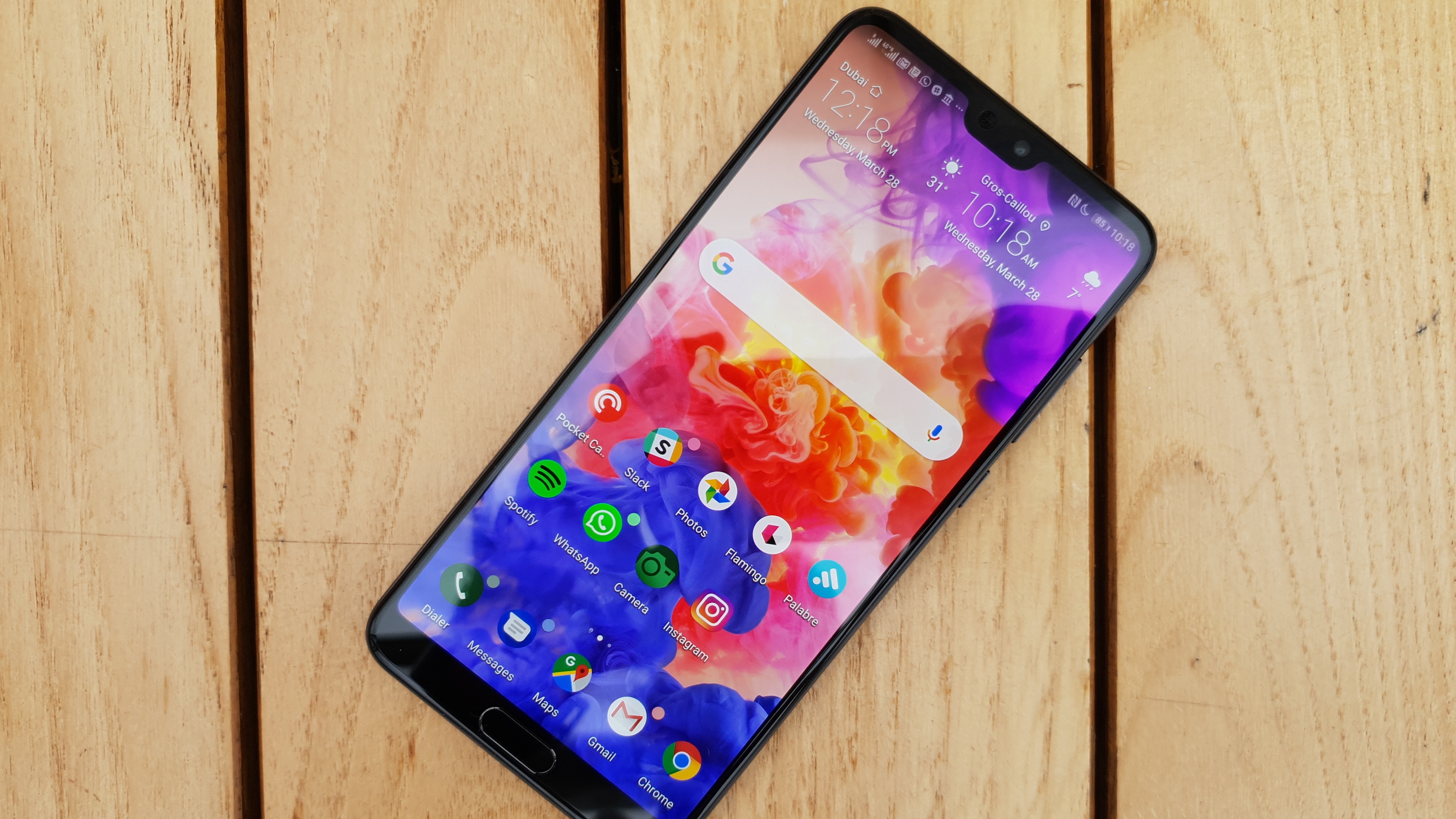
If you're at the other end of the spectrum and want to drop a few extra dollars on your Android handset to eke out more power and premium perks, then the Huawei P20 Pro is the closest competitor you'll find in Australia.
Its awesome 4,000mAh battery performs admirably and can even last through two days of usage, while its Kirin 970 CPU and 6GB RAM combo zip through everyday tasks. The pinnacle of Huawei's design philosophy is its cameras, and this triple snapper setup in partnership with Leica is as impressive as ever.
Read our full Huawei P20 Pro review
